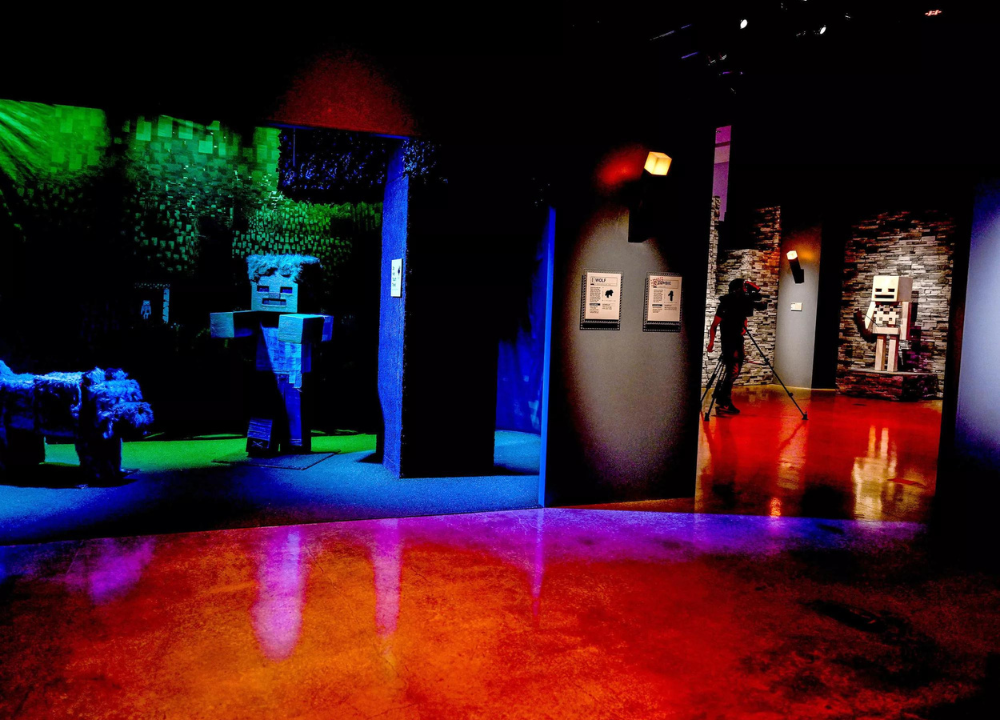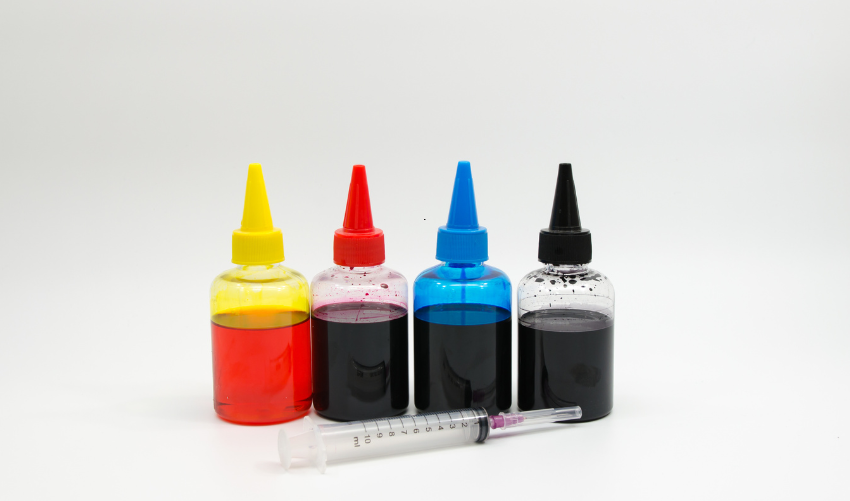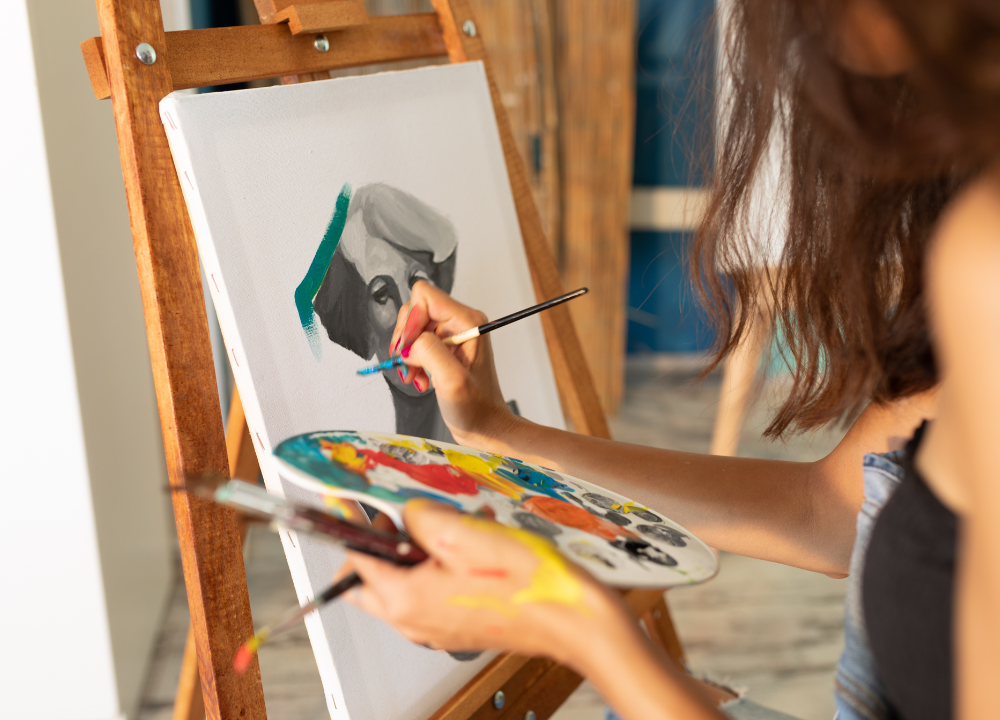Art exhibition posters play a vital role in attracting visitors. A well-designed poster can grab attention and convey the essence of the artwork.
This guide will help you create an eye-catching art exhibition poster. You want your poster to stand out among many. It should reflect the theme of the exhibition and invite viewers to explore. Key elements like color, typography, and images matter greatly.
They help tell a story about the art. Simple yet effective design choices can make a big difference. Using the right tips and tricks can elevate your poster from ordinary to extraordinary. Let’s dive into the best strategies to create a poster that draws people in and leaves a lasting impression.
Choosing The Right Theme
Creating the perfect art exhibition poster starts with choosing the right theme. A strong theme captures attention and reflects the essence of the exhibition. It sets the tone for your audience. A well-defined theme can draw people in and encourage them to explore your art. This section focuses on tips for selecting an effective theme for your poster.
Defining Your Concept
Defining your concept is the first step in choosing a theme. This involves understanding the message you want to convey. A clear concept helps guide your design choices.
Consider the following questions to define your concept:
- What is the main idea of the exhibition?
- What emotions do you want to evoke?
- Who is your target audience?
Once you answer these questions, you can brainstorm ideas. Use mind maps or lists to organize your thoughts. Here are some themes you might explore:
| Theme | Description |
|---|---|
| Nature | Focus on landscapes, animals, or plants. |
| Abstract | Emphasize shapes, colors, and forms. |
| Cultural Heritage | Highlight traditions and stories from different cultures. |
After selecting a theme, refine your concept. Make sure it aligns with your exhibition’s goals. A strong concept will guide your design choices and ensure consistency.
Aligning With The Art
Aligning your theme with the art is crucial for a successful poster. The theme should enhance the artwork, not overshadow it. Consider how the theme reflects the pieces on display.
Here are some tips for aligning your theme with the art:
- Review the artwork carefully.
- Identify common elements among the pieces.
- Ask artists for their insights.
Think about the following aspects:
- Color Palette: Match the colors in the artwork.
- Imagery: Use images that relate to the art.
- Font Choice: Select fonts that fit the mood of the pieces.
A cohesive design makes your poster more appealing. It creates a visual connection between the poster and the art. Visitors will feel intrigued to learn more about the exhibition.
Selecting Visual Elements
Creating the perfect art exhibition poster involves careful thought and planning. Selecting visual elements is key. These elements include color schemes and fonts. They attract attention and convey the theme. A well-designed poster draws people in. It communicates the essence of the exhibition clearly.
Color Schemes That Pop
Choosing the right color scheme is vital for any poster. Colors affect emotions and perceptions. A vibrant palette can create excitement. A muted palette can evoke calmness. Here are some tips for selecting effective color schemes:
- Understand Color Psychology: Colors have meanings. Red can signify passion. Blue often conveys trust.
- Limit Your Palette: Use 2 to 4 colors. Too many colors can confuse the viewer.
- Contrast is Key: Ensure text stands out against the background. High contrast improves readability.
- Stay on Brand: Use colors that reflect the art style or theme of the exhibition.
Consider using a color wheel for inspiration. It helps in finding complementary colors. Here’s a simple table of color combinations:
| Base Color | Complementary Color |
|---|---|
| Blue | Orange |
| Green | Red |
| Purple | Yellow |
Test your colors on a sample poster. Adjust them until they feel right. A well-chosen color scheme can make your poster unforgettable.
Font Choices For Impact
Fonts play a crucial role in any poster’s design. The right font conveys the message clearly. It sets the mood and tone. Here are some essential tips for selecting fonts:
- Choose Readable Fonts: Select simple fonts for easy reading. Avoid overly decorative styles.
- Limit Font Types: Use 1 to 3 different fonts. Too many fonts can create chaos.
- Consider Hierarchy: Use larger fonts for titles. Smaller fonts can work for details.
- Match the Theme: Select fonts that align with the art style. A modern exhibit may call for sleek fonts. A traditional exhibit may benefit from classic serif fonts.
Test your font choices. Print samples to see how they look. Here’s a quick comparison of font types:
| Font Type | Best Use |
|---|---|
| Sans Serif | Modern, clean designs |
| Serif | Traditional, formal presentations |
| Script | Elegant, artistic touches |
Choose wisely. The right fonts enhance your poster’s message. They make it visually appealing and effective.
Incorporating Key Information
Creating the perfect art exhibition poster requires careful thought. Incorporating key information is vital. This information informs viewers and encourages attendance. A well-designed poster can attract people and create buzz about the event.
Event Details
Event details are crucial for any art exhibition poster. They provide the basic information that potential attendees need. Include the following key elements:
- Event Name: Make it clear and catchy.
- Date: State the day, month, and year.
- Time: Include start and end times.
- Location: Provide the venue name and address.
- Ticket Price: Mention if the event is free or ticketed.
- Contact Information: Include a phone number or email.
Here’s a simple table to help visualize the event details:
| Detail | Description |
|---|---|
| Event Name | Spring Art Showcase |
| Date | April 15, 2023 |
| Time | 5 PM – 9 PM |
| Location | Art Gallery on Main Street |
| Ticket Price | $10 at the door |
| Contact | [email protected] |
Keep the information clear and easy to read. Use bold text for important elements. This helps them stand out. Make sure the details are in the correct order. This helps viewers find what they need quickly.
Artist Information
Artist information adds a personal touch to your poster. It connects the audience with the creators of the art. Include these key points about the artists:
- Artist Name: Highlight each artist featured in the exhibition.
- Biography: A short bio can provide background.
- Art Style: Briefly describe their style or medium.
- Website/Social Media: Include links for more info.
Consider this example layout for artist information:
| Artist Name | Biography | Art Style |
|---|---|---|
| Jane Doe | Local artist known for vibrant landscapes. | Oil painting, impressionism. |
| John Smith | Abstract artist exploring emotion through color. | Mixed media, abstract. |
Keep bios short. Aim for 2-3 sentences. This gives enough context without overwhelming viewers. Use engaging images of the artists or their work. This makes the poster visually appealing and informative.
Using Space Effectively
Creating an art exhibition poster requires skillful design. Using space effectively is key to making your poster eye-catching and informative. A well-designed poster captures attention and conveys the essence of the exhibition. This section explores how to balance images and text while creating focal points for your audience.
Balancing Images And Text
Images and text must work together. Too much of either can overwhelm viewers. Aim for a balanced layout that guides the eye. Here are some tips:
- Choose a strong image that represents the exhibition.
- Limit text to essential information.
- Use white space to separate elements.
Consider the following table for a quick overview:
| Aspect | Recommendation |
|---|---|
| Image Size | Large enough to attract attention |
| Text Amount | Short and clear |
| Font Size | Readable from a distance |
Use contrasting colors for text and background. This makes text stand out. Keep text aligned and in a clear hierarchy. Headings should be larger than body text. Use bullet points for clarity. This helps viewers quickly grasp key information.
Creating Focal Points
Focal points draw attention to important areas. They guide viewers’ eyes and highlight key messages. To create effective focal points:
- Use size to emphasize specific elements.
- Employ color contrast to highlight crucial details.
- Position focal points strategically within the layout.
Consider these focal point strategies:
- Place the title at the top for immediate recognition.
- Use a striking image in the center.
- Highlight the exhibition date and location prominently.
Remember to keep focal points simple. Too many can confuse viewers. A single, clear focal point often works best. This ensures your audience understands the main message quickly.
Finding Inspiration
Creating an art exhibition poster requires creativity and a clear vision. Finding inspiration is crucial. It helps you design a poster that captures attention. A well-made poster can draw people to your exhibition. Use various sources to spark ideas. Look at successful designs and current trends.
Researching Successful Posters
Start by looking at posters from past art exhibitions. Studying successful posters helps you understand what works. Pay attention to layout, colors, and fonts. Take notes on what catches your eye. Here are some tips:
- Visit local galleries and museums.
- Check online archives of exhibitions.
- Follow art blogs and social media accounts.
- Join art communities for feedback and ideas.
Make a list of elements that stand out. This could include:
| Element | Description |
|---|---|
| Color Scheme | Choose colors that reflect the art style. |
| Typography | Select fonts that are easy to read. |
| Imagery | Use striking images of the artwork. |
| Layout | Arrange elements for balance and flow. |
These aspects can guide your design. Remember, a successful poster tells a story. It invites viewers to learn more.
Exploring Design Trends
Staying updated on design trends can provide fresh ideas. Trends change quickly in the art world. Look for current styles that resonate with your vision. Here are some popular design trends:
- Minimalism: Less is more. Simple designs often stand out.
- Bold Typography: Big, strong fonts capture attention.
- Mixed Media: Combining different styles adds depth.
- Vintage Aesthetics: Retro designs can evoke nostalgia.
Check out design websites and platforms. Sites like Behance and Dribbble showcase innovative designs. Analyze what makes them appealing. Make notes of colors, fonts, and layout. Consider how these trends fit your exhibition theme.
Keep an inspiration board. Pin images, colors, and styles you love. This visual guide will help during the design process. Mixing inspiration with your unique ideas creates a standout poster.
Printing And Material Options
Creating the perfect art exhibition poster involves careful attention to detail. One key aspect is selecting the right printing and material options. The materials you choose can affect the poster’s look and feel. They also influence how well your message gets across. Quality paper and finishing techniques add a professional touch. This section will cover essential tips on paper selection and finishing techniques for your art exhibition poster.
Choosing The Right Paper
Choosing the right paper is crucial for your art exhibition poster. Different types of paper can impact the overall appearance and durability of your poster. Here are some common paper types:
- Glossy Paper: This paper has a shiny finish. It enhances colors and makes images pop.
- Matte Paper: This paper has a non-reflective surface. It gives a more sophisticated look.
- Cardstock: Thicker and sturdier than standard paper. It is ideal for durability.
- Recycled Paper: An eco-friendly choice. It shows commitment to sustainability.
Consider the weight of the paper too. Heavier paper feels more premium. A weight of 200gsm or more is often recommended for posters.
Here’s a quick comparison of paper types:
| Paper Type | Finish | Best For |
|---|---|---|
| Glossy | Shiny | Vibrant images |
| Matte | Non-reflective | Sophisticated designs |
| Cardstock | Thick | Durable posters |
| Recycled | Varies | Eco-conscious projects |
Choose a paper that fits your style and message. The right paper will make your poster stand out.
Finishing Techniques
Finishing techniques enhance the final look of your poster. They also protect it from wear and tear. Here are some popular finishing techniques:
- Lamination: Covers the poster with a plastic layer. It adds durability and a sleek finish.
- Coating: Applies a liquid finish. It can be matte or glossy.
- Foiling: Adds metallic elements to your design. It draws attention and adds elegance.
- Cutting: Custom shapes or edges can create unique designs.
Consider the following factors when choosing finishing techniques:
- Budget: Some techniques are more expensive than others.
- Style: Choose a finish that matches your poster’s design.
- Purpose: Think about where the poster will be displayed.
Each technique offers different benefits. Here’s a brief overview:
| Technique | Benefits | Considerations |
|---|---|---|
| Lamination | Durability, protection | Can make colors look dull |
| Coating | Enhances appearance | May not be as protective |
| Foiling | Elegance, attention-grabbing | More costly |
| Cutting | Unique designs | Requires more planning |
Choose finishing techniques that enhance your art exhibition poster. They can make a simple design extraordinary.
Conclusion
Creating a great art exhibition poster takes careful thought. Focus on clarity and visual appeal. Use bold colors and clear fonts. Highlight key details like dates and locations. Keep the message simple and direct. Invite viewers to experience your art.
A well-designed poster can draw attention and spark interest. Remember, your poster is the first impression. Make it count. With these tips, you can create an effective poster that truly represents your art. Get started today and showcase your creativity.
Your art deserves to shine.




